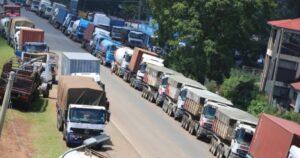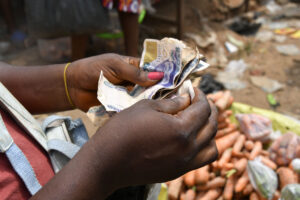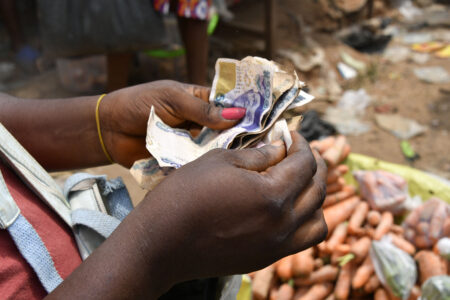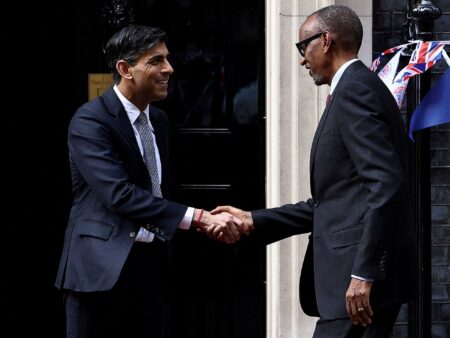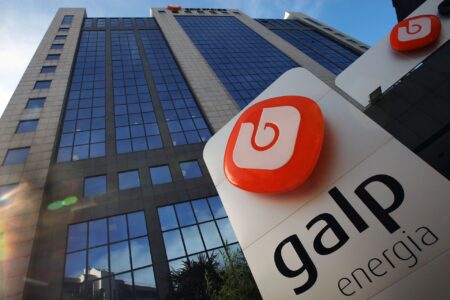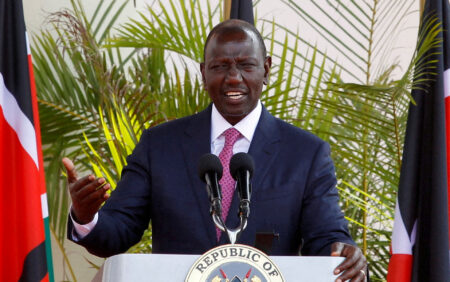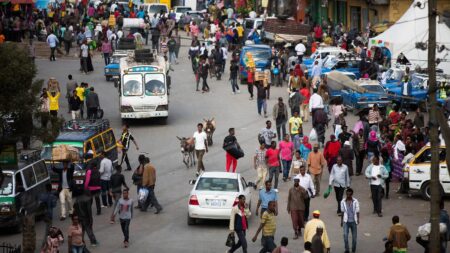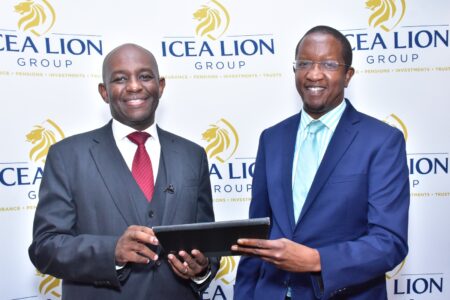Ethiopia is entering the third week since it started rationing electricity for domestic and industrial users due to a drop in water levels at the country’s Gibe 3 dam.
But this challenge may not be encountered again in the future following the commitment by investors to fund power generation in Africa’s second most populous nation.
The Sustainable Energy Fund for Africa (SEFA) has approved a USD995,000 grant to support the rollout of a sustainable procurement framework for Independent Power Producers (IPPs) in Ethiopia.
Signed on 17 May 2019, the SEFA grant will encourage private investments into hydropower projects through Ethiopia’s Renewable Energy Programme.
SEFA is managed by the African Development Bank (AfDB) and the grant will strengthen the Ethiopian government’s capacity to undertake bankability and technical analysis including feasibility assessments of projects in the hydro priority pipeline.
Ethiopia’s untapped renewable energy potential
The grant also provides for environmental and social impact assessments, resettlements action plans, and preparation of bidding documents for hydro projects.
“A well-structured procurement framework is crucial in mobilizing the investments necessary to achieve universal energy access in Africa. The SEFA programme will boost private IPPs participation, and spur investments into the Ethiopian hydropower sector,” said Wale Shonibare, the Bank’s acting Vice President for Power, Energy, Climate Change and Green Growth.
Shonibare added, “The programme also complements the assistance provided by the Bank’s Institutional IPP/PPP Support Project, as well as the Bank-financed Mekele-Dallol and Semera-Afdera Power Supply for Industrial Development and Access Scale-up Project.”
Ethiopia has a vast but untapped renewable energy potential.
Under a long-term development strategy, the government has outlined a National Electrification Programme (NEP), targeting universal access by 2025 through a 65 per cent on-grid, and 35 per cent off grid combination.
The goal is to transform the country into a regional energy hub by 2030.
Ethiopia’s Renewable Energy Programme, supported by the SEFA grant, is in line with the country’s Growth and Transformation Plan (GTP II) 2015/16 – 2019/20 and with the NEP targets.
It also aligns with the AfDB’s Energy Sector Policy (2012), the New Deal on Energy for Africa, especially focusing on “Renewable Energy” and “Early Stage Project Finance”.
Ethiopia rationing electricity for homes and industries
Ethiopia’s hydropower potential is the 2nd highest in Africa coming only after the Democratic Republic of Congo which has a higher potential.
Of the estimated up to 45,000 MW potential, 30,000 MW is estimated to be economically feasible which is equivalent to an electricity generation of 162 TWh.
According to Energypedia, the current production of 3.98 TWh equals to the exploitation of only 2.5 per cent.
Ethiopia’s terrain favours hydropower projects and has 10 river basins with hundreds of streams flowing into the major rivers including the Blue Nile, Omo and Wabi Shebelle, and Genale-Dawa.
The Ministry of Water Resources (MoWR) estimates that the annual run-off from the major river basins is in the order of 122 billion cubic metres.
Despite this endowment and after a drop in water levels in hydroelectric dams led to a production deficit, Ethiopia has started rationing electricity for domestic and industrial users.
According to the minister for water and electricity, Seleshi Bekele said on May 17 that the drop in water levels at the country’s Gibe 3 dam had led to a deficit of 476 megawatts.
The drop in the generation is more than a third of the country’s total of 1,400 MW.
To mitigate the problem, Ethiopia has suspended electricity exports to Sudan and Djibouti forfeiting a USD180 million a year revenue from the exportation.
The rationing runs until July and domestic consumers have to contend with blackouts for several hours each day and manufacturers have to operate fewer shifts due to the cuts.
Billionaire invests USD4.4 billion in Ethiopia’s energy
Ethiopia plans to become a middle-income economy by 2025 but its current electricity capacity only provides power to 40 per cent of its 105 million population.
But this is expected to change with the injection of USD4.4 billion by hedge fund billionaire Paul Tudor Jones II through his Reykjavik Geothermal.
Exploration drilling is expected to start in September starting with two 500-megawatt plants in Corbetti and Tulu Moye.
Lighting up the world for 645 million Africans
The New Deal on Energy for Africa is a partnership-driven effort with the aspirational goal of achieving universal access to energy in Africa by 2025.
To reach the goal of providing energy access to over 645 million people and sufficiently powering business, Africa must increase on-grid generation to add 160 gigawatts of new capacity by 2025.
The continent has to also increase on-grid transmission and grid connections by 160 per cent in order to create 130 million new connections by 2025.
In addition, off-grid generation should increase to add 75 million connections by 2025, an increase that is twenty times more than what Africa generates today.
Africa should also increase access to clean cooking energy for 130 million households.
Prepaid metres and energy saving bulbs
In 2016, the deal delivered 546 MW of additional installed capacity of which 526 MW is from Renewable Energy Sources. A 21,264 km of distribution lines were laid and some 641 km of transmission lines and associated substations 7,800 brought online.
There were 688,950 public lighting units distributed to new households and businesses receiving electricity access.
300,000 prepaid meters were installed and more than 1,600 jobs created with 800 staff trained and 700,000 tonnes CO2 avoided.
This is according to the AfDB.
